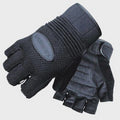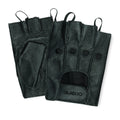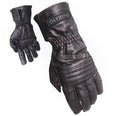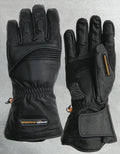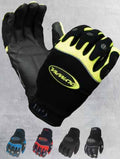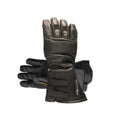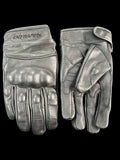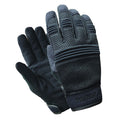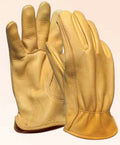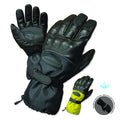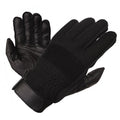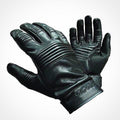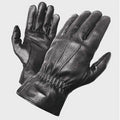Glove Manufacturing: The Ultimate Guide To Glove Cost (Part I)
Posted by ROGER HEUMANN
The first time I talk to a new customer, the question…”how much will the glove cost?” always comes up.
It seems like a reasonable question, but there are literally dozens of factors that can come into play.
Until we actually make a sample of the glove, it’s difficult to determine.
In today’s post, we wanted to explain the key factors that impact glove cost. We hope it leads to better decisions, from day one.
As you consider alternatives for your next glove project, here’s what you might find helpful to know.
How Much Does A Glove Cost?
To begin, we typically ask you a series of questions – about your consumer, price point, product requirements – in order to determine how the glove should be made.
Here are the factors that have the greatest impact on cost:
1. Materials: A key decision that impacts cost is the type of components that will be used. Gloves can be made from a variety of materials, including leather, synthetic leather, woven or knitted fabrics, and microfibers.
-
Leather can be 3-10 times the cost of other materials, and within the leather category there are many types such as goat, cow, deer or pig, which all have different performance characteristics and cost factors. Important considerations when choosing leathers include grade of the skin and cutting yields.
For instance, larger skins such as cow have a much better cutting yield at 25sf per skin than smaller skins such as goats and sheep. Usually, it’s a matter of balancing budget and design— but when sourced carefully, we can usually find leather that works well, style- and budget-wise.
-
When it comes to fabric and microfiber, there are other considerations. For instance, will you choose brand name components such as Primaloft and 3M’s Thinsulate, or a generic fiber insulation? The Thinsulate version is usually more expensive but the extra cost might be worth the brand recognition that Thinsulate gives to the glove.
2. Labor: Another major cost component is the cost of labor related to cutting, sewing, finishing (ironing) and inspecting the gloves, as well as final packaging. Generally, the more complicated a glove design is the longer it will take to assemble and the cost rises.
But the type of glove, the volume, the skill level of the factory, and the cost of materials, must all be considered together.
On the one hand, higher volume enables sewers to become more skilled at making a particular style and this efficiency can be reflected in price.
But while a glove with high volumes can sometimes utilize a factory whose quality of sewers (and labor rate) is lower, this tradeoff is less advantageous when the materials are expensive and the goal is a superior product.
Here’s how these variables can interact.
-
If you are using very expensive materials such as for a deerskin gauntlet, the cost of the materials can be $15.00. Suppose that the cost of highly skilled labor is $5.00/pair vs. $4.00/pair at another factory. With expensive materials you’d want to use a highly skilled factory — Compare $20.00/pair vs. $19.00/pair (+5% difference in cost).
Even though the highly skilled factory’s labor charge might be higher the difference is worth it for a superior product. A side benefit of this is that with experience, quality issues are reduced.
-
On the other hand, when you are using inexpensive materials that total $2.00/pair the labor charge can cause a significant difference in the ultimate price ($7.00/pair vs. $6.00/pair from our previous example, a 17% difference in cost).
With or without higher volumes, our advice here, is to look beyond hourly rate, and balance labor rate against quality, delivery, and other factors you are trying to achieve.
Cost-Focused Sourcing: The Bottom Line
As you can see there are many items that go into the costing of a glove.
A famous retailer once said, “an educated buyer is our best customer”, and we agree. Pricing usually steers the ship, but the more you know, the easier it is to weigh the options.
An experienced glove consultant can help you weigh the alternatives, and determine which direction will ultimately best meet your needs.
Click below, and let us know if we can help!
Free Guide: The Hidden Costs of Glove Manufacturing
In over 70 years of making gloves, we have learned the places unwanted costs can sneak in and add up. Our free guide is designed to help you find these hidden costs … and get rid of them!
TAGS:




